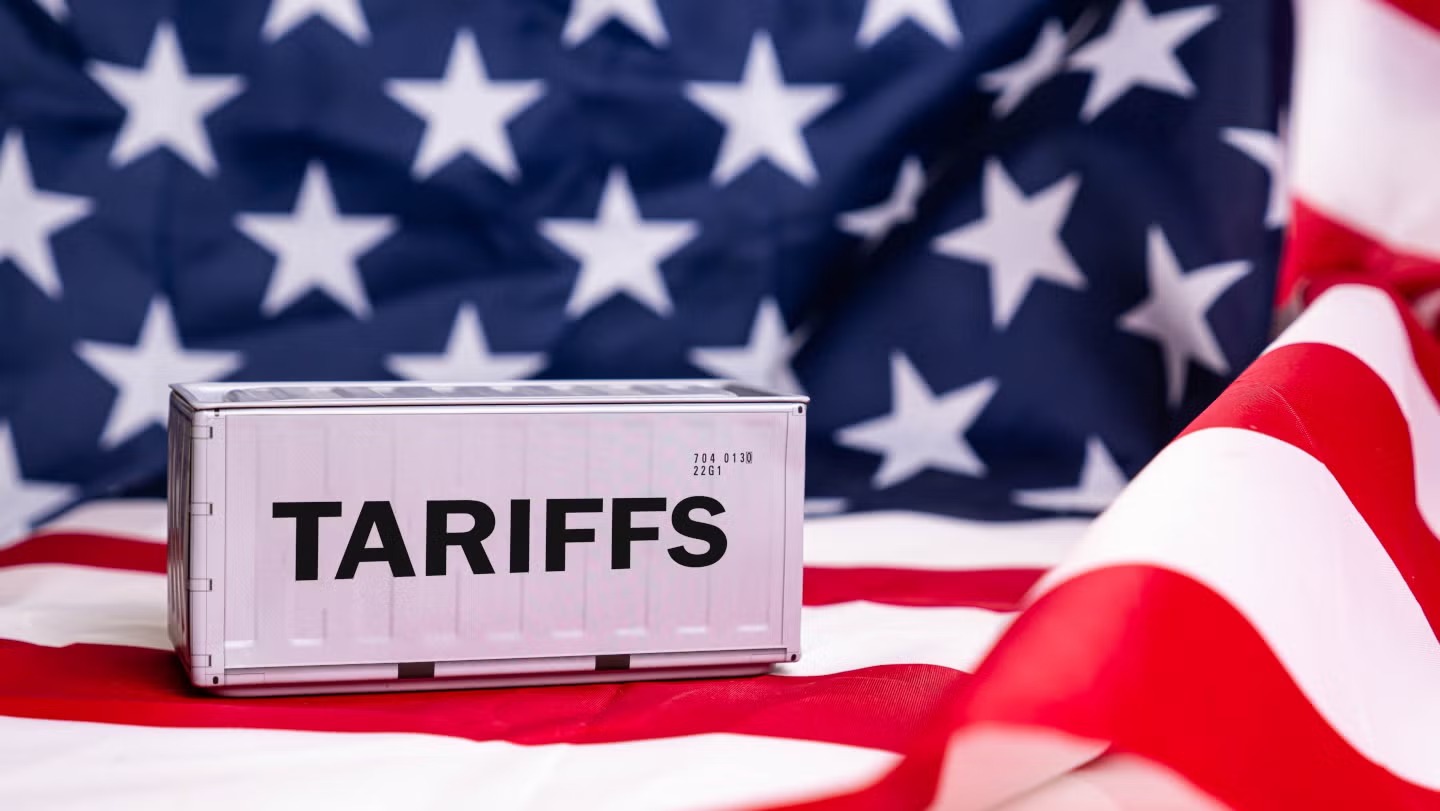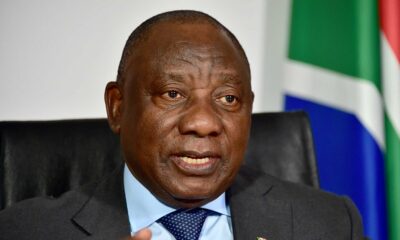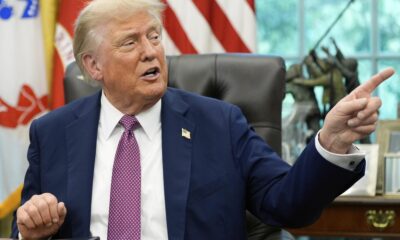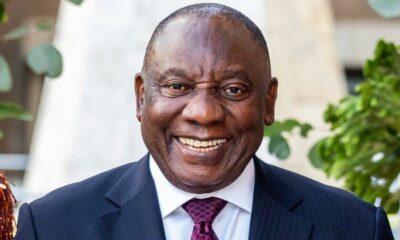News
SA Unveils Export Support Plan as US Tariffs Take Effect

South Africa is rolling out a national lifeline for businesses and workers hit by sudden 30 percent tariffs imposed by the United States. The tariffs, which came into effect just after midnight on 8 August 2025, have already triggered concern across key industries, especially agriculture and automotive exports.
With thousands of jobs potentially at risk, Cabinet has now approved a multi-pronged support package, due to be officially unveiled on Monday, 11 August. The relief measures aim to keep factories open, protect supply chains, and buy time while trade talks with Washington continue behind closed doors.
The Tariff Shock That Shook SA
The US tariffs were implemented despite a direct phone call between President Cyril Ramaphosa and President Donald Trump on 6 August. During the conversation, both leaders reportedly agreed to continue trade negotiations. But by the time talks resumed, the duties were already live.
Minister in the Presidency Khumbudzo Ntshavheni told the media that the phone call had at least preserved a “window for negotiation.” Still, the economic hit is real, and South Africa is now scrambling to manage the fallout.
What the Support Package Includes
The upcoming briefing by Trade, Industry, and Competition Minister Parks Tau is expected to outline in full what assistance will be offered to affected sectors. Some key elements already confirmed include:
-
An Export Support Desk to serve as a direct contact point for affected businesses
-
Measures to help companies absorb tariff-related costs
-
Financial support via the Localisation Support Fund and the Export and Competitiveness Support Programme, including working capital and equipment support
-
Use of existing labour department tools to mitigate retrenchments
-
A draft block exemption by the Competition Commission to allow industry competitors to collaborate for export efficiency
The goal, according to Cabinet, is to stabilise the export sector and protect as many of the estimated 30 000 threatened jobs as possible.
What’s at Stake?
While the US and South Africa continue to engage, no clear roadmap has been released on what concessions, if any, South Africa might offer. In May, Ramaphosa travelled to Washington with a ‘Framework Agreement’ that included proposals around importing American liquefied natural gas, improving agricultural trade access, and co-investment deals. None of those efforts stopped the tariffs.
Pressed on whether the US had raised issues around South Africa’s Black economic empowerment policies or farm safety, Ntshavheni said the country’s transformation agenda was “non-negotiable.”
“We’re not doing it for optics,” she said. “We are building an equal, united, and prosperous South Africa.”
Expanding Trade Beyond the US
Cabinet also used the moment to emphasise a shift in strategy, reducing reliance on any one trade partner. The Presidency confirmed it is actively working to expand exports to Asia, the Middle East, Europe, and across Africa in an effort to improve supply chain resilience and diversify risk.
Progress was also noted in South Africa’s proposed China Trade and Investment Package (2025–2029), shared during a July visit led by Deputy President Paul Mashatile. The initiative includes:
-
Top 100 product exchanges between SA and China
-
A permanent expo in China for South African goods
-
Investment partnerships in steel, tyres, batteries, rail, pharmaceuticals, and digital industries
G20 Tensions and Timelines
Meanwhile, Cabinet confirmed that the US has committed to rejoin full G20 participation, though only at the under-secretary level for now. With South Africa hosting the G20 in November, preparations are underway, and the current trade tensions may weigh heavily on the agenda.
The bigger question remains whether the tariffs are a short-term negotiation tactic or the start of a longer trade standoff.
For many South African exporters, the reality is already setting in. Goods landed in the US are now 30 percent more expensive overnight. And for businesses already dealing with load-shedding, inflation, and labour instability, the timing could not be worse.
Still, the government insists the talks aren’t over and that Monday’s support package is just the beginning of a broader effort to protect jobs and reposition the economy.
Also read: Trump’s 2025 Tariffs Hit South Africa and BRICS Trade Hard
Follow Joburg ETC on Facebook, Twitter, TikTok and Instagram
For more News in Johannesburg, visit joburgetc.com
Source: Engineering News
Featured Image: International Accounting Bulletin



























